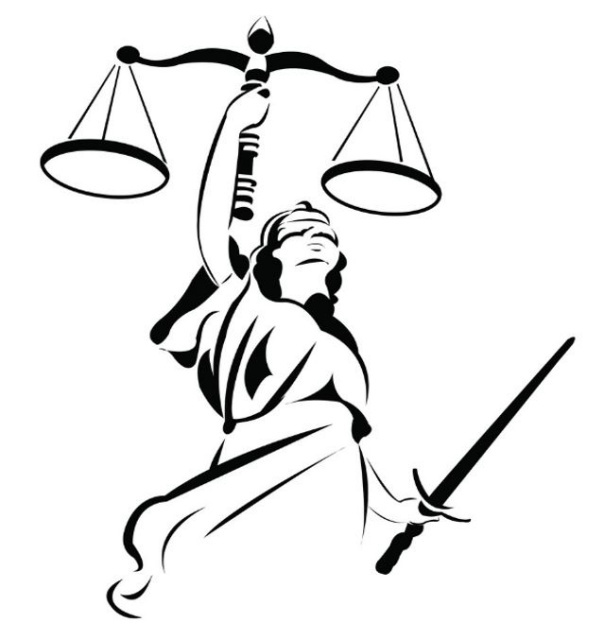
Symbols of Justice: Blindfold, Scale and Sword
When you have a conflict or dispute that you can't resolve on your own, where do you go? You want to take your problem to a place where you can speak and be heard, a place where you can be assured that justice will be administered, a place where your problem can be solved once and for all. Most people think a courtroom is the best place to do this. However, you might be surprised to learn here that a mediator and a mediation conference can actually administer more justice than a judge or jury in court. Let's closely examine the symbol of justice, Lady Justice. She sets the standards symbolized by her blindfold, scale and sword. What does this all mean?
-
Objectivity and Impartiality
The blindfold represents impartiality or objectivity, two things that are sorely lacking when conflict and disputes occur, two things that a good mediator is trained and legally required to bring to the dispute resolution process. In fact, you might actually get more objectivity and impartiality from a mediator at mediation than a judge because, unlike a trial, the whole mediation process is confidential. No mediator, unlike a judge, need worry about public appearances, pressure or any other outside influences which could restrict or sway their impartiality or objectivity.
-
Weighing of Evidence
Next is the scale or balance – the weighing of evidence. Good mediators are trained and very comfortable looking at the evidence and theories presented by both sides and will routinely challenge all parties to see how well their case might stand up to logic, common sense, or even some basic rules of admissibility or relevance. Mediators are allowed to examine and weigh a lot more things than a judge or jury can. In mediation, parties can place on the scale, any items that might be personally relevant to them to try to resolve a specific dispute. This often includes items which would never otherwise be allowed to be introduced or ever considered in court.
-
Power to Punish and Enforce
Finally, there is the sword, or more specifically, the unsheathed sword, the symbol for power, punishment and enforcement. I would call this the “off with their heads” or swift justice component. When it comes to civil litigation, justice is anything but swift. Civil judgments are not a guarantee of either finality or performance. There is no debtors’ prison in the United States, and there is almost always a right of appeal. Mediation, on the other hand, if successful, usually ends with a legally enforceable consensual agreement which likely will contain specific new incentives and penalties within it to help insure performance and limit any rights of appeal which would otherwise remain unresolved and at risk within a judgment entered in court.

Add Comment